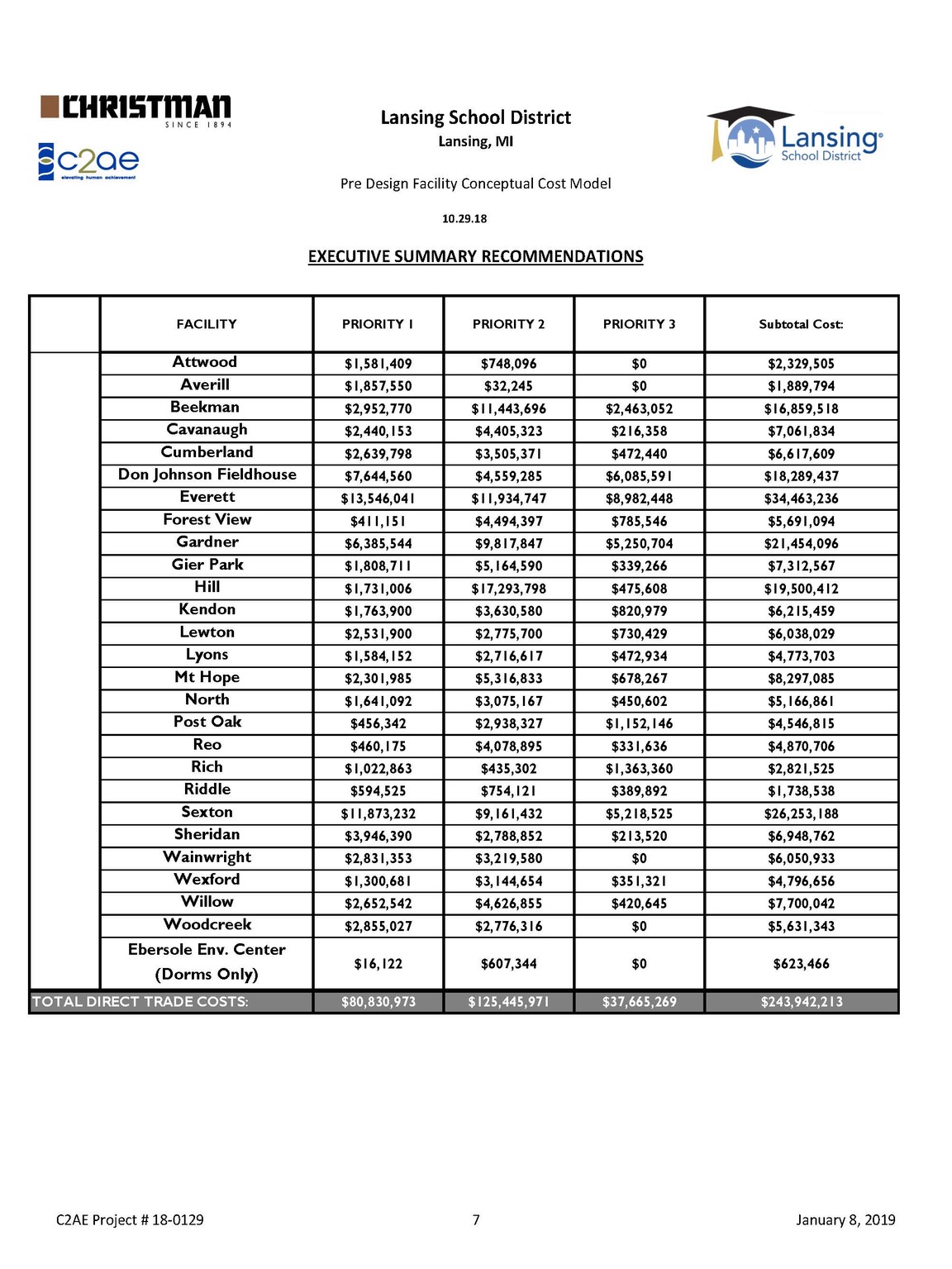Securing the Pathways

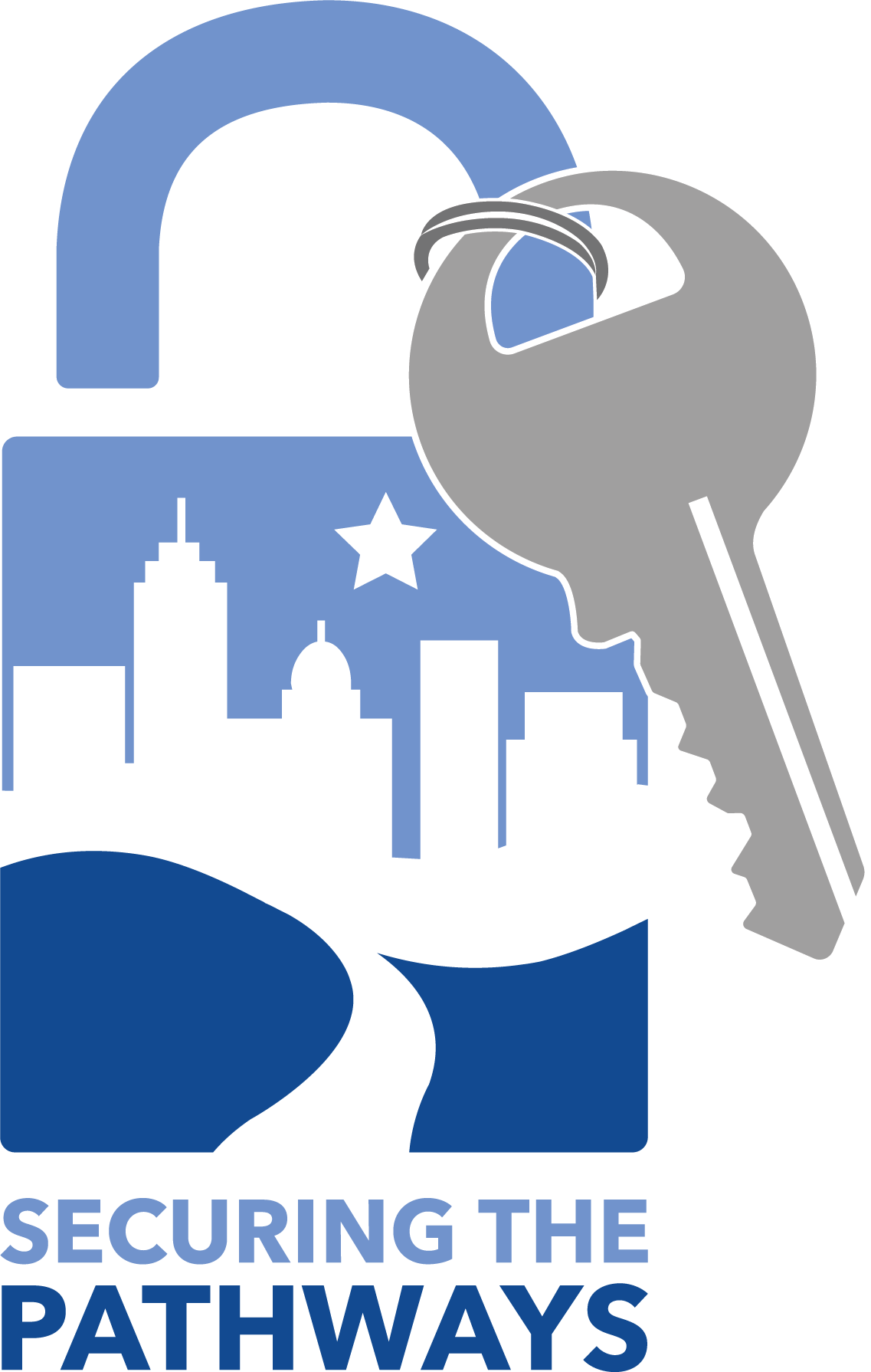
When our students are successful, Lansing wins.
Lansing’s schools play an important role in our city’s growth. In recent years, as part of a bold effort to re-imagine the future, Lansing redoubled its commitment to delivering the best learning opportunities to students.
Together, we backed a new educational vision and plan for change—the Lansing Pathway Promise.
Today, the Lansing School District provides each and every local student with solid learning pathways, free transportation to any school in the district, and a scholarship to continue learning after high school. And, it’s paying off.
Graduation rates are up. Test scores are improving. And—most important of all—students and families say they are excited about the learning opportunities we offer.
We need to keep the momentum going.
Lansing’s school buildings are 60 years old, on average. We’ve been able to make many essential improvements in recent years, thanks to previous local voter support. But there’s still work to be done:
- Important safety improvements and building repairs are needed in each and every one of Lansing’s schools.
- Roofs, boilers, and other weak infrastructure need replacement to ensure student safety and distraction-free learning (plus — bonus! — an overall reduction in our district’s energy use).
- All Lansing students — not just those in our newest buildings — need to be equally safe and protected by secure entry points and electronic security cameras.
An opportunity to secure the foundation we’ve built.
On May 7, 2019, the Lansing School District is asking voters to consider the “Securing the Pathways” plan — a three-mill boost over a 10-year period. If approved, this investment would pay huge dividends for students and staff over the long term.
Our students can be kept safer, our neighborhoods can grow even stronger, and our community can continue to develop essential talent, right here at home.
Frequently Asked Questions
The Importance of Maintaining our School Buildings
Q: Why are Lansing’s schools important to building a stronger city?
A: Decades of economic research and data show the presence of high-quality schools increases local productivity, attracts new talent and business investment, and supports a stronger local quality of life.
For local property owners whose homes are located near a neighborhood school, school quality matters. Keeping schools safe and in good repair keeps home values stable and growing, as young families continue to be attracted to local K–12 programs. The Lansing community has redoubled its efforts to provide high-quality learning opportunities to Lansing students through the Lansing Pathway Promise.
Q: What is the Lansing School District asking for on May 7?
A: On May 7, 2019, the Lansing School District is asking voters to consider the “Securing the Pathways” plan — a three-mill property tax increase over a 10-year period. It’s called a “sinking fund” millage, and it will pay huge dividends for students and staff over the long term.
If approved, funds brought in through the millage would support building repairs and important safety and energy efficient improvements:
- Roofs, boilers, and other weak infrastructure will be replaced to ensure student safety, air quality, and energy efficiency.
- We also need to be sure ALL Lansing students are safe, not just those in our newest schools. Swipe key electronic entry points and security cameras are needed to protect all our students in all our schools.
Q: What is a “sinking fund” millage? It sounds weird.
A: A sinking fund is just a way of setting money aside for a specific purpose or “sinking” money into building improvements.
That’s what we’ll be doing in Lansing. When the first sinking fund revenue comes in, we’ll address the biggest repairs first, and then work our way down the list to be sure all students can benefit from the new funding support. The sinking fund millage will be in place for 10 years, so that’s how long we have to get our most critical issues fixed.
No money is borrowed, so there is no debt issued or interest to be paid by taxpayers.
Q: But didn’t the Lansing Pathway Promise also involve a bond issue?
A: Yes, it did. In order to build out an educational vision, the Lansing School District asked voters to consider a bond issue in 2016. Since its passage, the bond issue’s proceeds have funded building additions, new furniture, new technology items, a new Eastern High School and athletic complex and more.
This investment was very important, but it did not come close to addressing the infrastructure issues in older buildings not included in the Lansing Pathway Promise bond. Outdated boilers, roof repairs, and other issues require us to move forward quickly as we keep pace with the needs of our older facilities.
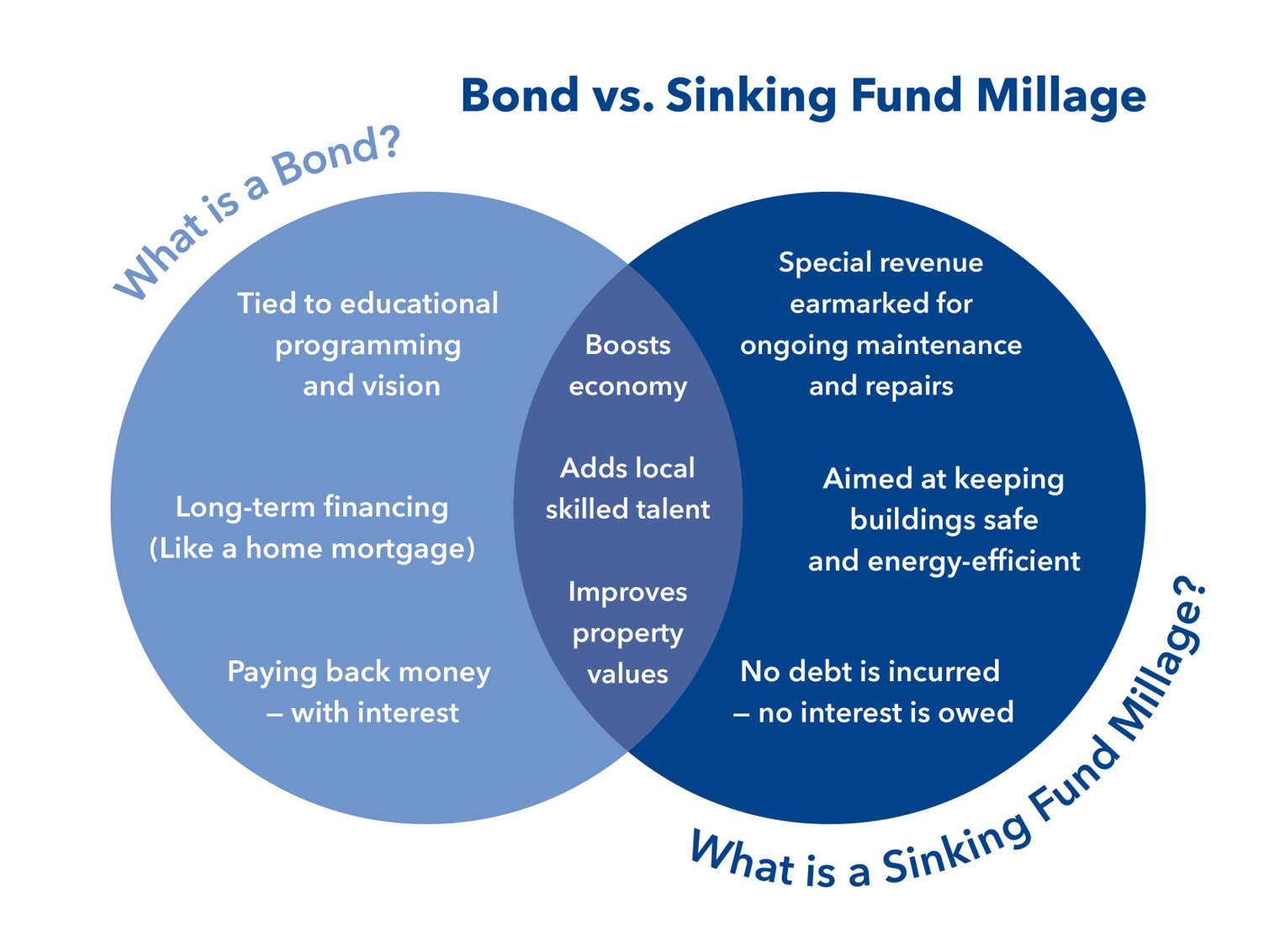
Q: What is the Lansing Pathway Promise?
A: The Lansing Pathway Promise is a whole new vision for teaching and learning. The Lansing Pathway Promise provides each and every local student with solid learning pathways, free transportation to any school in the district, and a free scholarship to continue learning after high school.
Our efforts and change are paying off — the Lansing Pathway Promise is now nationally recognized as a model program.
Graduation rates are up. Test scores are improving. Most important of all, students and families say they are excited about the learning opportunities we offer.
- Since Lansing started offering magnet schools and other choices for families, the school district’s graduation rates have risen over 15 percent in the last seven years. Positive results don’t end there. According to mischooldata.org:
- 60 percent of Lansing graduates enrolled in college in 2016–17
- The district’s dropout rate fell by nearly half between 2016 and 2017
- After dropping for several years, district enrollment has begun to stabilize.
- What’s more, 20 of 26 Lansing schools (77 percent) improved their AIMSweb® math and reading scores in 2016–17. District students had an 88.06 percent attendance rate, and teacher attendance was 90 percent. (2017–18 Annual Report)
Q: Can’t the district just use some of its bond money to pay for these things?
A: Here in the Lansing School District, we’re counting — and stretching — our pennies. Every penny of the Lansing Pathway Promise bond is already allocated and in use. That is why our total capital improvement millage rates rank 25th out of the 28 surrounding school districts.
Just like with the bond, every penny of the proposed new sinking fund millage will be stretched and invested to ensure it benefits as many students as possible. What’s more, each penny of the new sinking fund millage will help us save others elsewhere through lower energy costs.
A Sinking Fund for Securing the Pathways
Q: Just how old are the district’s buildings?
A: Most of our schools were built in the 1950s and 60s, before the need for advanced security and energy efficiencies.
Today, some of our boilers are antiques, with replacement parts available only on eBay. They’re not energy efficient, or even particularly reliable.
That doesn’t mean we have to start all over again. Those schools are older, but they still get the job done. We just have to upgrade the bones of our building from time to time, so they’re always safe and useful to our students, staff and community. Most importantly, we need to make sure they’re tight and secure for our students, staff and visitors. We also need to increase efficiencies in our utility costs, installing more efficient heating and lighting systems, and better windows.
Q: How will you choose which projects and schools to work on?
A: In September 2018, the Lansing School District Board of Education asked two local architectural and building firms, C2AE and The Christman Co., to assess the facilities needs of the entire school district. These two firms have been the district’s vital building and construction partners during the last three years, and they have vast knowledge about our existing facilities and district needs.
The facilities assessment returned with a prioritized list of projects to be completed. All of our older 26 district buildings came back with some Priority One projects and student security upgrades required:
- Five boilers that are past their useful life of 25 years will be replaced
- 49 roof sections that are more than 20 years old will be replaced
- Water heaters will be replaced
- Exterior building lighting will be enhanced or replaced
- Crumbling sidewalks will be repaired
- Adding keyless entry points to all doors
- Fixing exterior bricks, insulation and finishing will be completed where necessary
Our district’s operational team will use this assessment to guide its decisions, ensuring that all Lansing students are treated fairly and responsibly in the years ahead, no matter where students attend school.
Q: What are the benefits of an improved school security system?
A: Keyless entry points offer multiple benefits for schools:
- Going keyless makes things easier on teachers and staff, and prevents risks associated with lost or stolen keys
- A multi-building security system can be managed from a single location
- Systems can integrate with surveillance video for additional security
- It’s possible to lock down and protect students in an entire school with the press of a button
- Dynamic mapping allows the district to zero in on the source of an issue quickly
Video surveillance systems also offer numerous opportunities to enhance school safety including deterring crime, monitoring inappropriate behavior, and aiding in emergency situations.
Q: If passed, can any of the sinking fund millage money be spent for personnel, curriculum or other student programs?
A: No, sinking fund millage dollars can only be spent on long-lasting infrastructure items, like the building and security improvements our district has planned.
Q: How will the district oversee the use of these dollars?
A: If the Securing the Pathways millage is approved by the voters, the money and projects will all be overseen by a special Sinking Fund Millage Steering Committee. This committee reports to the Lansing Board of Education’s Facilities Committee (made up of three district board members), which approves and relays all recommendations to the full nine-member board at their regular public meetings.
This process is currently being used for the 2016 Lansing Pathway Promise Bond projects and has been very effective, transparent and fiscally responsible, while keeping projects on time.
Q:What has the district done in the last five years to reduce its costs and balance the budget?
A: Lansing School District staff have worked to bring the district’s expenditures in line with revenues over the past several years.
- We have balanced the district’s budget
- Our fund equity balance is kept at a level that is considered fiscally sound by state and federal experts
- Independent audits have consistently shown the district’s financial picture to be solid and without exceptions.
Q: What is Lansing’s overall millage rate compared to surrounding school districts?
A: Currently, the total capital improvement millage rate for the Lansing School District is 4.6 mills. Our district ranks 25th out of the 28 surrounding school districts in terms of such millage.
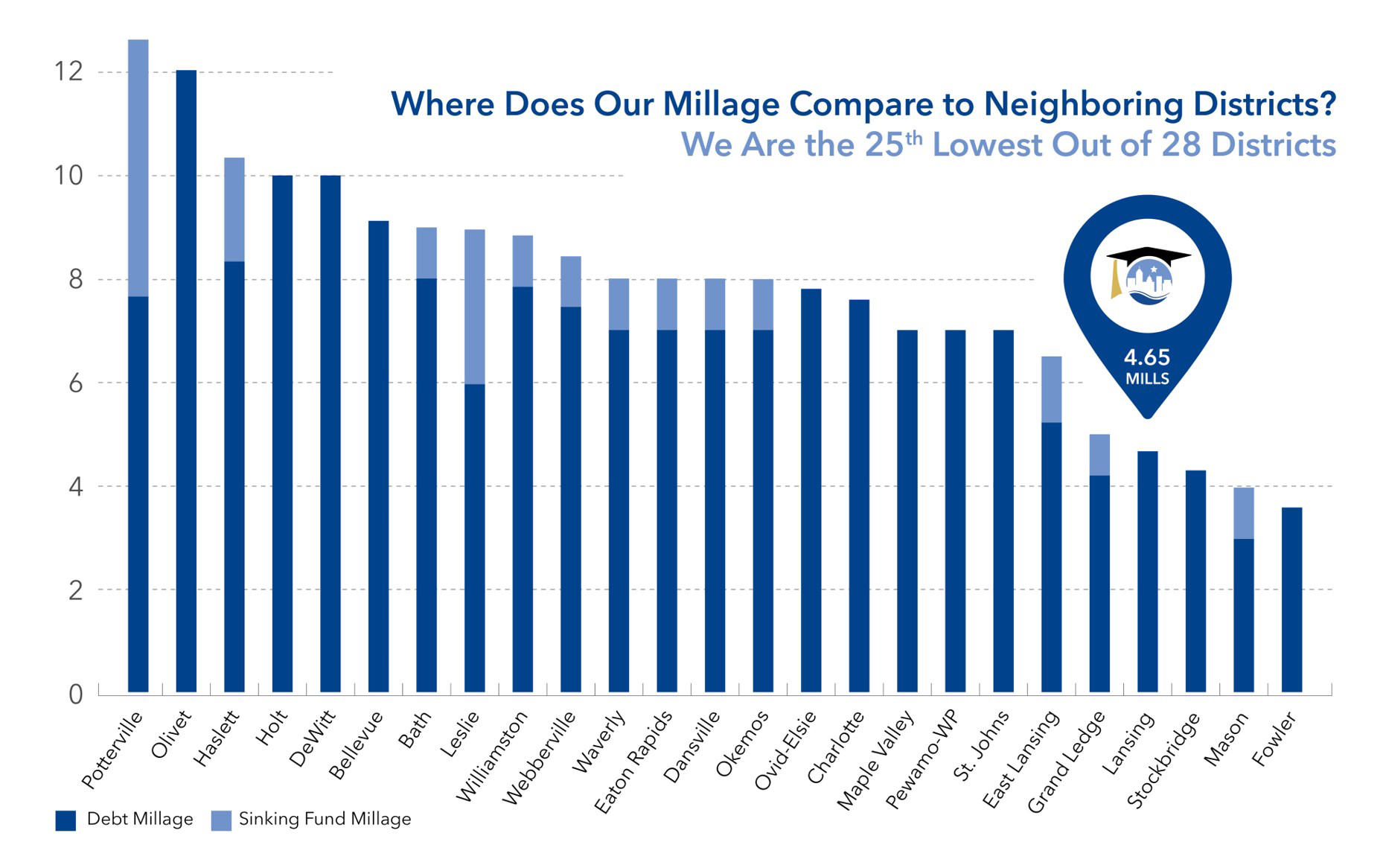
Q: Have the Lansing voters ever approved a sinking fund millage before?
A: Yes, voters passed a 1.5-mill sinking fund in 2010, with a 60.85 percent yes vote. The 2010 sinking fund millage was levied over or a period of five years in order to generate money for building construction and renovations. The 2010 sinking fund millage went off the books for taxpayers in 2016.
Q: If voters approve the Securing the Pathways millage how much revenue would be raised and when would the district receive it?
A: The district expects to raise $73 million over ten years as a result of the Securing the Pathways millage. Funds are usually available within 90 days of a special millage election.
Q: What happens if voters do not approve the Securing the Pathways millage?
A: If the Securing the Pathways millage is not approved by voters, the district will have to reconsider its financial picture and determine next steps. It is conceivable that money currently spent on student instruction would have to be diverted to facilities maintenance.
Q: If approved, would the Securing the Pathways millage offer any other benefits to the district over the long term?
A: Yes. The cost of updating facilities in the Lansing School District will be partially offset by:
- Lower utility costs
- Potentially increased per-pupil revenue from students interested in returning to a revitalized school district
- Likely stable or higher property values in the neighborhoods with improved schools
- Much better security for our students
Additionally, the plan helps strengthen the school district’s compliance with new state mandates related to school safety. The Lansing School District, like all Michigan school districts, is required to collaborate with local law enforcement agencies to ensure strong building security effective this year.
What Does a Sinking Fund Mean to a Voter?
Q: If approved, how much money would the Securing the Pathways millage cost the average voter?
A: Since the median assessed taxable value of a home in the Lansing School District is about $42,000, the three-mill tax increase would cost an owner of such a home an additional $126 annually, which breaks down to a little more than $10 a month.
To look at it a different way, the increase over the current levy would cost the average household roughly $2.40 per week — less than a Starbucks cup of coffee.
In less than four years, an older school bond comes off the books, reducing each home-owner’s liability by 1.4 mills. This means that even if voters approve the Securing the Pathways millage, millage rates will still go down starting in 2023.
Q: I am a Lansing voter, but I don’t have any connections to the school district. What does the Securing the Pathways millage do for me?
A: All Lansing residents and business leaders have a vested interest in our school district. It is an essential part of our community’s economic success and quality of life, and good schools help to add value to homes and property.
Families tend to choose where they will live and work based on the strength of the local school system. Many Lansing neighborhoods are built around nearby schools, and if we opted to let those buildings become anything other than sturdy and secure, local homeowners could feel an impact in their property values over time.
Most important of all is the impact Lansing’s schools have on our overall economy. We produce much of the talent that keeps our employers thriving, and every dollar we have to divert from the classroom has a trickle effect in terms of what future Lansing graduates know and are able to do in their work.
Q: My family and I rent our residence. Will we be able to vote in this election?
A: Yes. If you are a registered voter within the Lansing School District, which includes the City of Lansing, and certain parts of the City of East Lansing, DeWitt Township, Lansing Township, Delta Township, Windsor Township and Delhi Township, you are eligible to participate in this election, regardless of whether you own property.
Q: Where do I get information about voting?
A: The City Clerk has information about voter registration, absentee ballot applications and ballots, and voting locations. To make voting even easier, Michigan now also has no-excuse absentee voting and day-of-election voter registration available.
Ballot Language
EXHIBIT A
LANSING SCHOOL DISTRICT
SINKING FUND MILLAGE PROPOSAL
Shall the limitation on the amount of taxes which may be assessed against all property in Lansing School District, Ingham, Eaton and Clinton Counties, Michigan, be increased by and the board of education be authorized to levy not to exceed 3 mils ($3.00 on each $1,000 of taxable valuation) for a period of 10 years, 2019 to 2028, inclusive, to create a sinking fund for school security improvements, for the acquisition or upgrading of technology, for the repair or construction of school buildings, and all other purposes authorized by law; the estimate of the revenue the school district will collect if the millage is approved and levied in the 2019 is approximately $7,300,000?
Sinking Fund Priority List
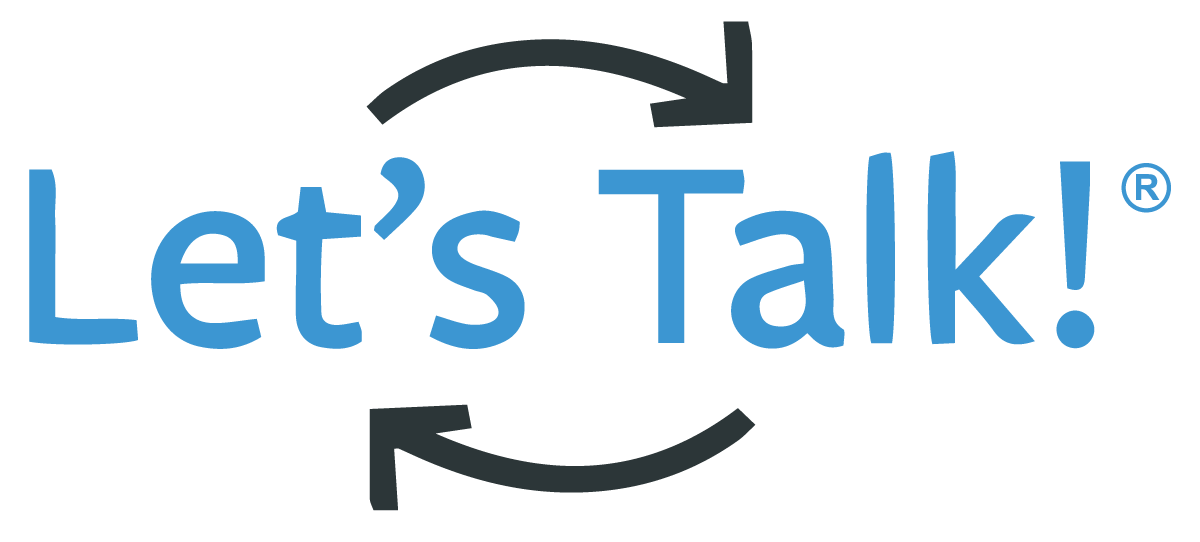
Do you have a question or comment about the Securing the Pathways Sinking Fund? Please fill out our online form.



